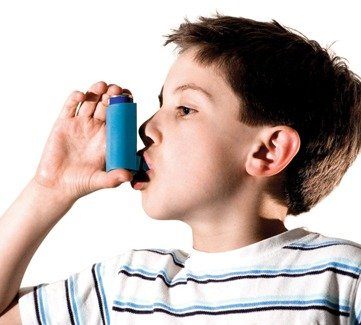Thunderstorms are forecast across much of NSW today prompting NSW Health’s Environmental Health director, Dr Richard Broome, to warn about high levels of pollen in the air, which could trigger asthma and respiratory conditions when combined with storms.
“Even if you don’t have asthma, you should take extra care because pollen is at its highest level now and may spark breathing difficulties in some people,” Dr Broome said.

“Thunderstorms cause pollen grains to explode and release fine particles which can be inhaled deeply into the lungs, causing even more people to wheeze and sneeze,” he said.
In Melbourne in 2016, about 3,600 more people than usual presented to hospital and nine died from asthma attacks after a severe thunderstorm.
“While Sydney hasn’t had a major event like Melbourne, thunderstorm asthma events have been significant in rural areas of NSW and while unlikely, we can’t rule out a similar event happening here,” Dr Broome said.

“Anyone with diagnosed asthma should carry their asthma medication with them at all times during this high-risk period.
“If you have asthma, make sure you have an asthma action plan and are proactively managing your symptoms.
“It’s also important for people to know Asthma first aid, so they can help family and friends when they need it,” Dr Broome said.
FIRST AID FOR ASTHMA
■ Sit the person upright;
■ Give four separate puffs from their reliever puffer;
■ Wait four minutes and if there’s no improvement, give four more puffs; and
■ If there’s still no improvement, dial 000.
■ Breathing difficulties can be life threatening. In the event of an asthma emergency dial triple-0 (000) immediately.

